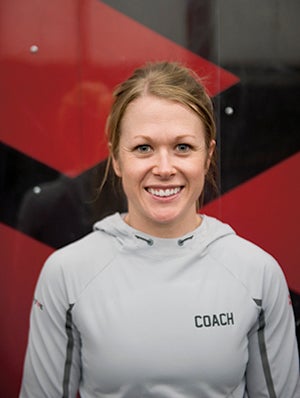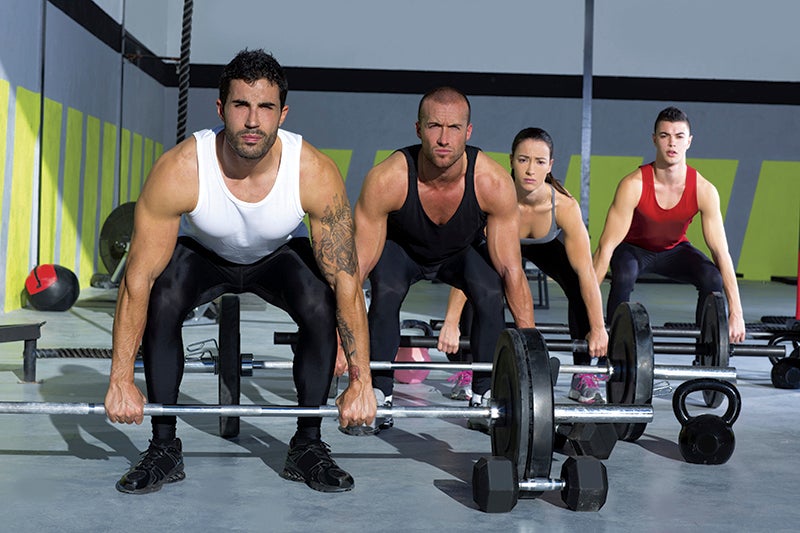Guest Column: Benefits of training in a full range of motion
Published 4:56 pm Monday, July 16, 2018
Guest Column by Brittni Lair
Brittni Lair is a physician assistant in orthopedics in Albert Lea. She owns CrossFit InnerDrive with business partner Bryce Becker. In her few minutes of free time, she also coaches figure skating and enjoys hanging out with her family and boyfriend.
Have you ever seen the person at the gym that is doing partial range of motion exercises or cutting their range of motion short to increase their speed? This is a common mistake people make when they are unfamiliar with exercising. What exactly are the benefits of training with full range of exercises?

Brittini Lair
1) Full range of motion exercises force muscle synergy. Everyday tasks require a combination of multiple muscle groups working at the same time. Training your body in the fullest range of motion prepares the body for daily living. An example of this is a standard crunch versus an ab-mat sit up. A standard crunch is a simple exercise in one plane with limited movement. The ab-mat sit up begins in a hyper-extended spine position with the legs externally rotating. This starting position puts the body in an ideal position for wider range of motion. The execution of this movement requires extra muscles to work synergistically which is extremely beneficial.
2) Full range of motion exercises increases proprioception and coordination. As a joint completes full range of motion, the body’s center of gravity changes and forces a persons’ core to stabilize. This forces a person to perform movement’s core to extremity. Beginning a traditional pull-up with the elbows bent puts emphasis on the biceps and smaller muscle groups. If the movement is started in the correct position with elbows fully extended, then the core is recruited to assist along with other muscle groups.
3) Creating functional flexibility. Many people sit at a desk 40 hours a week and develop tight hip flexors, weak glutes and a weak core. If time is spent training your body in full range of motion, your flexibility will increase. This in turn will help lessen the muscle imbalances people develop over time. Performing an air squat to only above parallel may be a good place for people to start, but attempting to achieve an air squat with hip crease below the knee should be the goal for most people. This mobility will increase overtime and help people’s joints in the long run.
4) Increasing longevity of activities of daily living. One of the main goals of a fitness program is to help make everyday tasks easier along with bettering a person’s health. Full range of motion exercises like squats and pressing overhead are all things that make the day-to-day tasks easier. Ensuring people have all the right tools to remain as independent as possible is key.
Here is an example of a full body workout with movements achieving full range of motion:
(Complete as many rounds as possible in 15 minutes)
25 air squats with hip crease below the knee (make sure knees do not track over toes)
20 alternating lunges with back knee touching the ground each time
15 full sit-ups
10 pushups with chest and thighs touching the ground each time
5 burpees with chest and thighs touching the ground each time
I encourage everyone to begin training with full range of motion exercises if your body will allow. If your body is not ready for that yet, have that be your goal.






